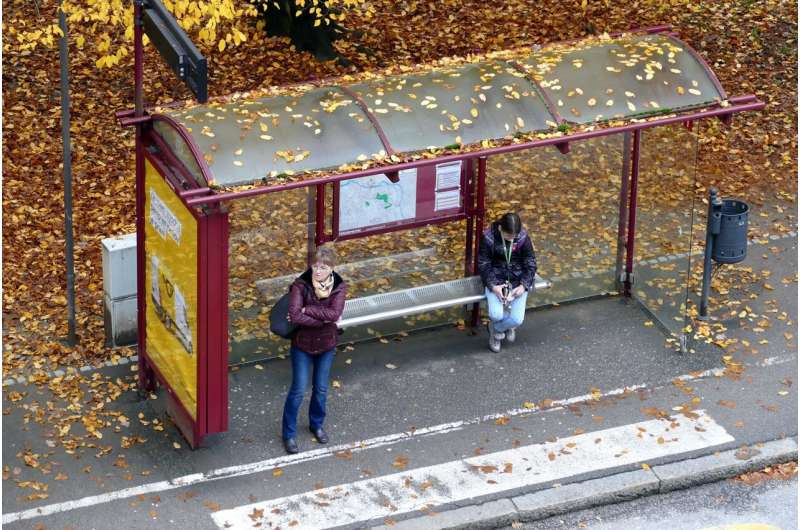Transit network design model for bus frequency planning

Despite the emergence of many new mobility options in cities around the world, fixed route transit is still the most efficient means of mass transport. Bus operations are subject to vicious and virtuous cycles. Evidence of this can be seen in New York City.
Since 2007, travel speed reductions and increased congestion as a result of more mobility options competing for road space have led to a vicious cycle of ridership reduction and further increased congestion as former transit passengers take to other less congestion-efficient modes. In Brooklyn, bus ridership has declined by 21% during this period. While the decrease in ridership has been steady throughout this period, there is an emerging concern that it will only get worse as for-hire vehicle services like Uber and Lyft add more trips to the road network
Intervention in the form of network redesign is required to promote a virtuous cycle and make the bus more competitive, especially in the face of increased competition from ride-hail services. This can be done by redesigning the bus network in a way that reduces operating and user costs while increasing accessibility for more riders.
Now, new research from Joseph Chow, professor of computer science and engineering at the NYU Tandon School of Engineering and a member of the C2SMART Tier 1 University Transportation Center at NYU Tandon; and doctoral student Ziyi Ma are proposing a simulation-based transit network design model for bus frequency planning in large-scale transportation networks with activity-based behavioral responses. The model is applied to evaluate the existing Brooklyn bus network, other proposed network redesign, and used to develop an alternative design based on the researcher’s methodology.
The MATSim-NYC model designed by Chow and Ma is able to simulate patterns similar to the existing bus network in Brooklyn with some calibration. This model was used to confirm a plan from another group to increase ridership, but was also able to refine it even further. The increased ridership draws primarily from passenger car use (nearly 75%), with a small 2.5% drawn from ride-hail services and another 5% from taxis. This suggests the redesigns should be effective in moving people away from less efficient transportation modes.
The researchers are now looking to further refine their model so that it can become a key tool for policymakers planning the future of transportation in the city.
Impact of COVID-19 behavioral inertia on reopening strategies for New York City transit
Citation:
Transit network design model for bus frequency planning (2021, November 24)
retrieved 24 November 2021
from https://techxplore.com/news/2021-11-transit-network-bus-frequency.html
This document is subject to copyright. Apart from any fair dealing for the purpose of private study or research, no
part may be reproduced without the written permission. The content is provided for information purposes only.
For all the latest Technology News Click Here
For the latest news and updates, follow us on Google News.

